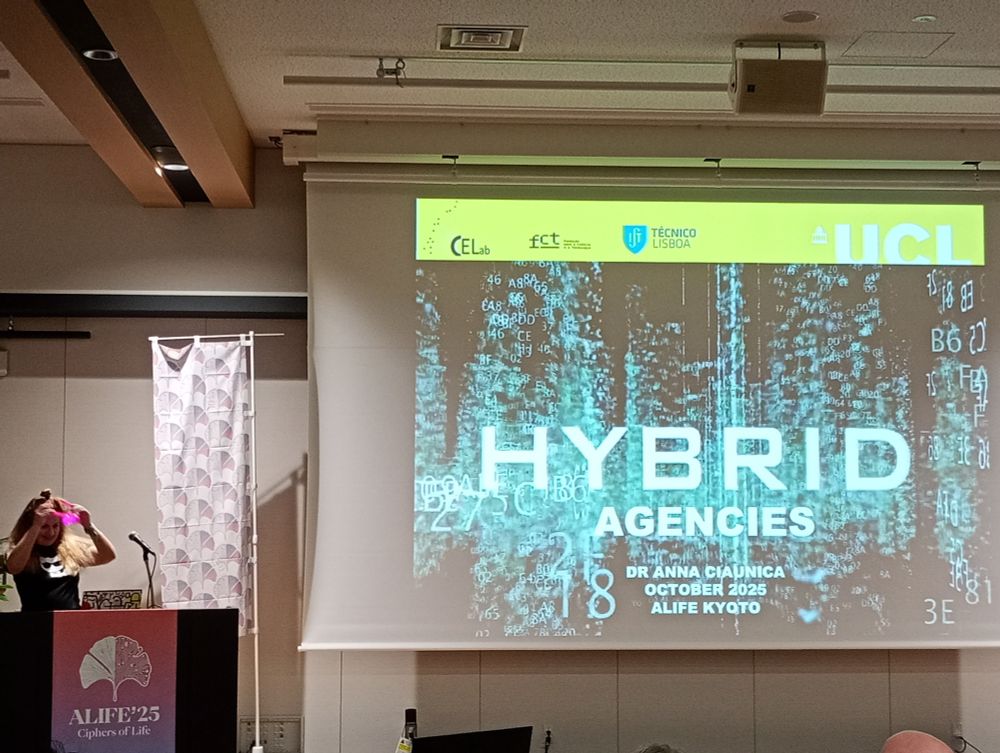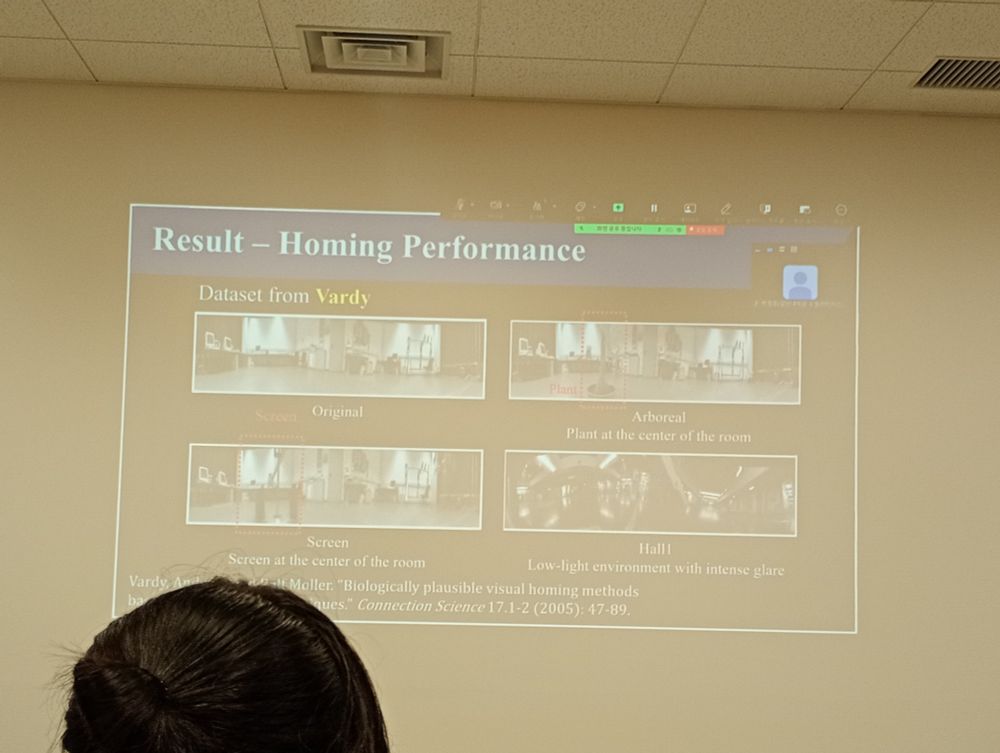
#complexitycat
complexitycat.org
www.complexitycat.org/posts/semant...

www.complexitycat.org/posts/semant...

Source: repositorio.uchile.cl/handle/2250/...

Source: repositorio.uchile.cl/handle/2250/...
amahury.github.io/posts/time-a...


amahury.github.io/posts/time-a...

Want to know more? Check it out below!🐈⬛✍️

Want to know more? Check it out below!🐈⬛✍️






#ALIFE2025




#ALIFE2025
#ALIFE2025




#ALIFE2025





#ALIFE2025




#ALIFE2025
#ALIFE2025




#ALIFE2025
#ALIFE2025




#ALIFE2025
#ALIFE2025




#ALIFE2025
#ALIFE2025




#ALIFE2025
#ALIFE2025




#ALIFE2025
#ALIFE2025




#ALIFE2025
#ALIFE2025




#ALIFE2025




#ALIFE2025




#ALIFE2025
#ALIFE2025




#ALIFE2025
#ALIFE2025




#ALIFE2025
#ALIFE2025




#ALIFE2025

